Editorial: A court case targeted 'toxic' uniforms. Delta Air Lines and Lands' End were the victims
Published in Op Eds
A decade ago, Delta Air Lines proudly announced that Wisconsin-based Lands’ End would partner with fashion designer Zac Posen to create new uniforms for more than 60,000 of its employees worldwide.
This was an assignment taken seriously: Lands’ End spent a couple of years shadowing workers, staging focus groups and providing prototypes for in-flight testing. A cross-functional team of Delta employees supervised the process. Almost 100 different types of garments were ultimately distributed across the airline, many in Posen’s signature purplish color known as “Passport Plum.”
Then the complaints started rolling in. Hundreds of Delta workers said dye from their designer uniforms was leaching onto sheets, towels, furnishings and their skin. Employees blamed the new duds for a dizzying array of health complaints, including rashes, itchiness, fatigue, headaches, anxiety, memory problems, coughing, breathing difficulties and vocal-cord issues.
Sure enough, the inevitable lawsuits followed. Now, finally, Chicago’s 7th U.S. Circuit Court of Appeals provided what should be the last word on the matter.
There is no evidence that the uniforms were responsible for adverse health symptoms, the court concluded. The dye did indeed tend to leach, a fairly common problem known in the garment industry as “crocking.”
But the real “crock” came from the so-called experts hired by the plaintiffs, who had provided inflammatory reports supporting the litigation. Under questioning, the experts folded. They were unable to establish that the garments transferred any toxins or otherwise caused any of the horrible symptoms.
The dye-transfer that did occur was “non-threatening,” the 7th Circuit panel wrote in its Oct. 23 opinion. “None of the plaintiffs’ experts offered testimony establishing that the uniforms were defective.” A trial judge was correct, the court ruled, in providing summary judgment in favor of Lands’ End. The court also let stand the judge’s refusal to certify certain claims as a class action.
So that’s that, and it only took years of effort and a fortune in legal fees to put this urban legend to rest. And you can bet that plenty of Delta employees still believe in their hearts that Lands’ End somehow managed to poison them and get away with it.
Protracted lawsuits like this are the price America pays for leaning on lawyers and judges to regulate commerce, instead of relying on sensible rules and industry self-regulation. Some 20 years after Congress tried to rein in overly aggressive litigation via the Class Action Fairness Act, class actions are being filed at record levels and they’re more expensive than ever for companies to defend.
Indeed, the number of class actions is expected to increase in 2025 for the 10th straight year. Also increasing is the overall cost of defense, which now drains more than $4 billion a year from corporate coffers, according to an annual survey of senior lawyers at hundreds of large companies by law firm Carlton Fields.
More companies are facing class actions than ever before. And the rise of artificial intelligence promises to open a new money-making arena for entrepreneurial lawyers going after deep-pocketed defendants for privacy violations and data misuse.
At the same time, the number of settlements is trending down. That’s partly because claims have grown more complicated and time-consuming to address — and partly because lawyers on both sides are less interested in settling than they once were, the survey shows.
What to do? Tread carefully. The Fairness Act of 2005 involved balancing the complicated interests at stake. If Congress takes up class action reform again — as it should, given how much the game has changed — lawmakers need to follow that same cautious approach.
While the plaintiffs’ bar sees class actions as the last defense of the little guy against rapacious corporations, the defense side, perhaps surprisingly, is reluctant to stamp them out. For now, class actions remain a relatively efficient way to resolve some disputes involving large numbers of alleged injuries. If the alternative is heavy-handed, big-government regulation, many companies would rather fight it out in court.
The lesson for Lands’ End and others who would supply designer threads to the airlines? Beware.
Even before the Delta case, employees at American Airlines and Alaska Airlines also raised a ruckus over alleged illnesses from new uniforms.
Swamped with complaints about the Lands’ End garments, Delta eventually partnered with another prominent retailer for its next generation of uniforms. That effort reportedly hasn’t gone smoothly, either.
The initial designs from a unit of Gap Inc. were panned, according to trade reports, and Delta has since gone back to the drawing board. Watch for new uniforms to be unveiled in the months ahead.
Not that it’s a sensitive topic, or anything, but in response to an inquiry, a Delta spokesman said flatly that the airline has “no additional details on any future uniform program or supplier.” So, don’t be shocked if the next flight crew you see is comfortably — and safely, from a legal standpoint — attired in simple, black-and-white clothes from home.
_____
©2025 Chicago Tribune. Visit chicagotribune.com. Distributed by Tribune Content Agency, LLC.
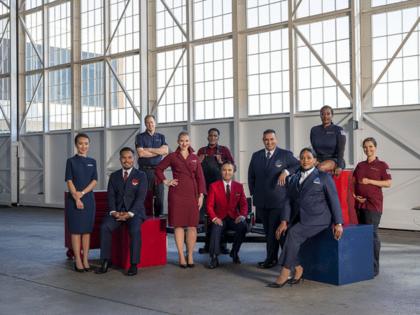






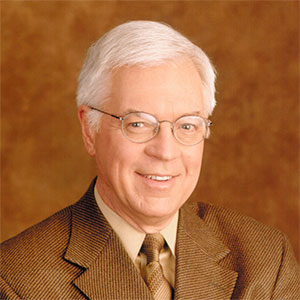















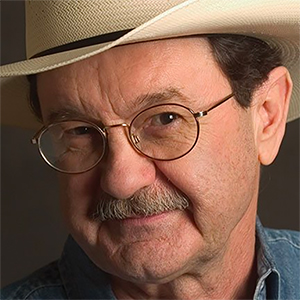

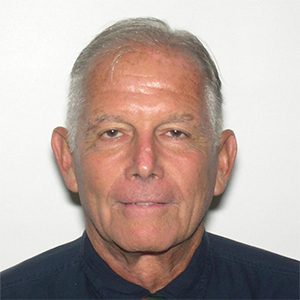
























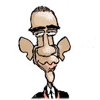
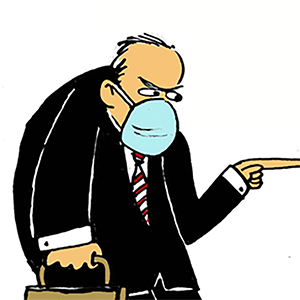
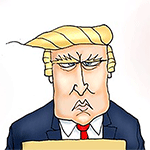
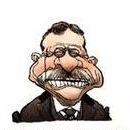
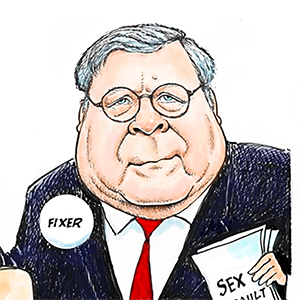

Comments